Denture Relines Treatment: Extend Lifespan Naturally
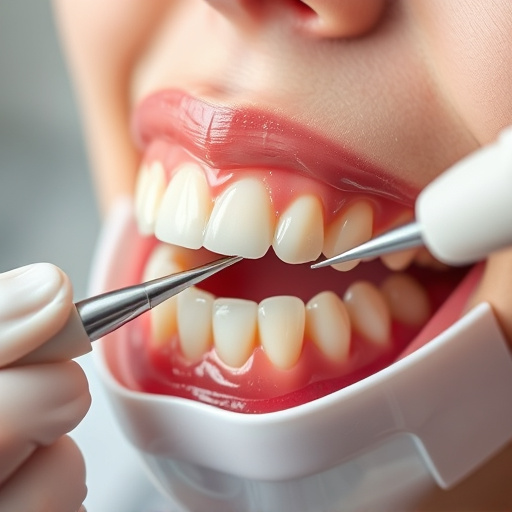
Denture relines treatment is a vital process for maintaining comfortable and functional dentures ove…….
Welcome to an in-depth exploration of denture relines treatment, a critical aspect of dental care that often goes unnoticed yet significantly impacts the quality of life for many individuals. This article aims to shed light on this specialized procedure, its various facets, and its global reach. By delving into historical context, current trends, economic implications, technological innovations, regulatory frameworks, and real-world applications, we will uncover the multifaceted world of denture relines treatment. Readers will gain a comprehensive understanding of its importance, challenges, and future prospects.
Definition:
Denture relining is a dental procedure used to renew and customize dentures (artificial teeth) to ensure a perfect fit and optimal comfort for the wearer. It involves adding or reshaping a lining material on the inside of the denture base, creating a smooth, secure surface that conforms to the user’s oral cavity.
Core Components:
Assessment: Dentists begin by evaluating the patient’s existing dentures, taking impressions, and conducting thorough examinations to identify areas requiring relining.
Impressions and Customization: New impressions are taken using specialized materials to create a precise mold of the patient’s mouth. This mold is then used to craft or modify the denture lining to fit perfectly.
Lining Material Selection: Various materials, such as soft or hard plastic resins, silicones, or acrylics, are chosen based on individual needs and preferences. Each material offers unique benefits in terms of comfort, durability, and aesthetics.
Relining Process: The existing denture lining is either smoothed or removed, and the new lining is carefully applied and cured according to the manufacturer’s instructions.
Fitting and Adjustments: After curing, the relined dentures are tried in, ensuring a comfortable fit and addressing any issues before final adjustments.
Historical Context:
The practice of denture relining has evolved over centuries, mirroring advancements in dental technology. Early methods involved simple adjustments to wooden or metal dentures, while modern techniques have revolutionized the precision and comfort levels achievable through relining. Today, digital technologies like 3D printing and computer-aided design (CAD) have further enhanced the accuracy and efficiency of denture relines.
International Influence:
Denture relines treatment is a global phenomenon, with variations and preferences differing across regions. The demand for this service varies based on factors like population age distribution, oral health awareness, and access to dental care. For instance, countries with aging populations, such as Japan and several European nations, exhibit higher demand due to the increased prevalence of tooth loss and the need for denture maintenance.
Regional Trends:
| Region | Trend | Description |
|---|---|---|
| North America | Advanced Technology Adoption | Leading dental markets like the United States and Canada are embracing digital relining techniques, ensuring precise and efficient results. |
| Europe | Patient Education Focus | Many European countries emphasize patient education, encouraging regular denture check-ups and relines to maintain oral health. |
| Asia Pacific | Cost-Effective Solutions | This region witnesses a growing trend of using affordable relining materials and technologies to make dental care more accessible. |
| Latin America | Community Outreach Programs | Some countries are implementing community-based dental programs, increasing access to denture reline services for underserved populations. |
Market Dynamics:
The global denture relines market is a significant segment of the broader dental industry. According to a 2022 report by Grand View Research, the market size was valued at USD 1.8 billion in 2021 and is projected to grow at a compound annual growth rate (CAGR) of 5.7% from 2022 to 2030. This growth is attributed to increasing denture use, an aging global population, and rising dental health spending.
Investment Patterns:
Private equity firms and dental technology startups are increasingly investing in denture relines and related technologies. These investments drive innovation, improve product quality, and enhance accessibility, particularly in regions with limited dental infrastructure.
Economic Impact:
As a service, denture relining contributes to economic growth by:
Digital Revolution:
The digital age has brought revolutionary changes to denture relining:
Benefits and Future Potential:
Digital advancements offer improved precision, reduced treatment times, and enhanced patient comfort. As technology continues to evolve, we can expect:
Governing Bodies and Frameworks:
Dental care, including denture relines, is regulated by various national and international bodies to ensure quality and safety:
| Region | Regulatory Body | Key Focus Areas |
|---|---|---|
| United States | Food and Drug Administration (FDA) | FDA classifies dentures as medical devices, setting standards for safety, efficacy, and labeling. |
| European Union | European Commission | The EU’s Medical Devices Regulation ensures consistent quality across member states, covering relining materials and equipment. |
| World Health Organization (WHO) | International Health Regulations | WHO provides guidelines for dental health services, promoting access and quality care globally. |
Impact on Development:
Regulatory frameworks play a crucial role in shaping the denture relines market:
Identifying Main Issues:
Accessibility: Despite the growing demand, denture reline services remain inaccessible to many due to high costs, especially in low-income regions.
Training and Expertise: Adequate training is essential for dentists performing relines. Insufficient training or experience can lead to inaccurate relines and patient dissatisfaction.
Material Durability: Some relining materials may not withstand heavy chewing loads or aggressive oral hygiene practices, requiring more frequent replacements.
Patient Comfort: Finding the perfect balance of comfort and fit can be challenging, especially for patients with sensitive mouths or complex dental anatomies.
Proposed Solutions:
Case Study 1: Enhancing Quality of Life in Japan
In Japan, where an aging population experiences significant tooth loss, denture relines have become a cornerstone of dental care. A study published in the Journal of Dental Hygiene Science (2020) highlighted the success of a community-based program providing free denture reline services to the elderly. This initiative improved patients’ chewing efficiency and overall satisfaction, enabling them to enjoy a wider variety of foods and enhancing their quality of life.
Case Study 2: Digital Revolution in Australia
Sydney-based dental clinic, Smile Studio, adopted digital relining techniques, transforming their practice. They reported a 30% increase in patient satisfaction due to faster processing times and precise fits. The use of 3D printing also reduced material waste, making the process more environmentally friendly and cost-effective.
Case Study 3: Overcoming Accessibility Barriers in Rural India
A non-profit organization, Dental Care for All, introduced a mobile denture reline service to remote villages in India. By bringing relining technology directly to patients, they improved access and reduced travel costs. This initiative not only enhanced oral health but also empowered local dentists to provide specialized care in underserved areas.
Growth Areas:
Emerging Trends:
Strategic Considerations:
Denture relines treatment is a critical component of modern dental care, offering substantial benefits to users worldwide. From historical roots to cutting-edge technologies, its evolution reflects the relentless pursuit of improved patient outcomes and enhanced quality of life. As we look ahead, the global impact of this treatment will continue to grow, shaped by technological advancements, policy initiatives, and a heightened focus on accessibility and personalized care.
By addressing challenges, leveraging new technologies, and fostering international collaboration, the denture relines industry can ensure that millions of people worldwide receive the oral health support they need. As research and innovation progress, the future looks bright for this essential dental procedure.
Q: How often should I get my dentures relined?
A: The frequency depends on several factors, including the quality of the initial fit, chewing forces, and oral hygiene practices. Generally, relines are recommended every 3-5 years or as needed to maintain a comfortable fit.
Q: Are denture relines painful?
A: Relining procedures typically involve minimal discomfort. Modern techniques use local anesthesia to ensure patient comfort during the procedure. Any post-treatment soreness is usually mild and temporary.
Q: Can digital relining reduce costs?
A: Absolutely! Digital technologies streamline the process, reducing manual labor and material waste. This efficiency often translates to lower costs for patients while maintaining high-quality results.
Q: How do I choose the right relining material?
A: The choice depends on your chewing habits, budget, and comfort preferences. Soft linings are more flexible and comfortable but may need more frequent replacements. Hard linings offer durability but might be less comfortable for some users. Consult your dentist to determine the best option.
Q: Can denture relines improve my chewing efficiency?
A: Yes, a well-fitted reline can significantly enhance chewing efficiency by providing a smooth, secure surface that allows for better food breakdown and mastication. This is particularly beneficial for individuals with tooth loss or poor-fitting dentures.

Denture relines treatment is a vital process for maintaining comfortable and functional dentures ove…….
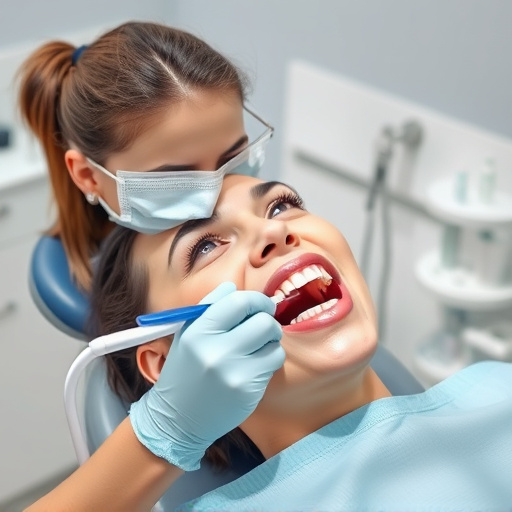
Denture relines treatment offers both temporary and long-term solutions for a secure, comfortable fi…….
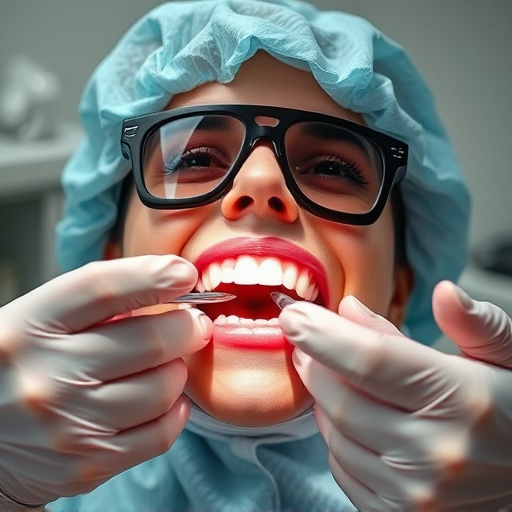
Denture relines treatment secures dentures for improved hygiene and comfort, preventing irritations…….
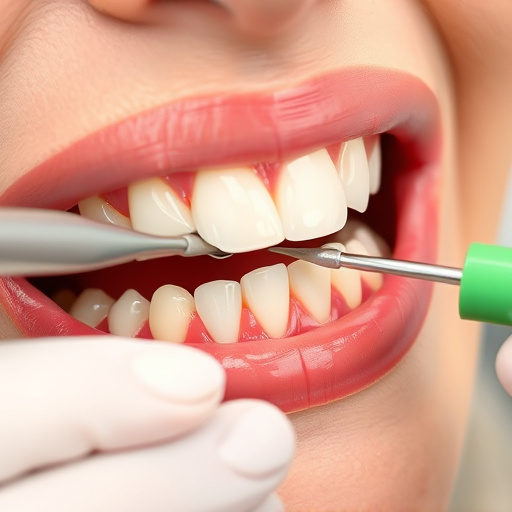
Denture relines treatment offers a swift, cost-effective solution for loose dentures by adjusting or…….

Denture relines treatment offers a gentle, effective solution for sensitive gums by adding a thin la…….
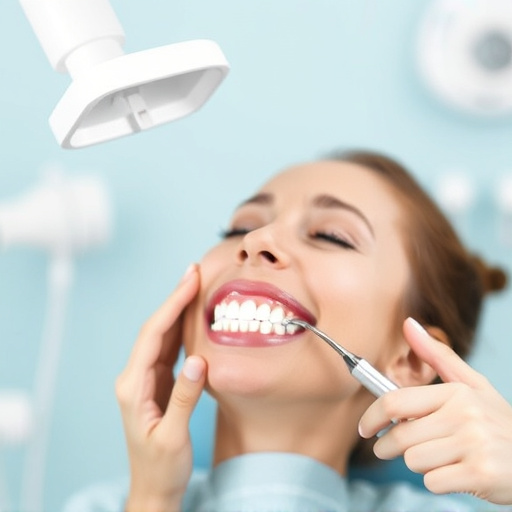
Denture relines treatment is crucial for maintaining optimal oral health and comfort for denture wea…….
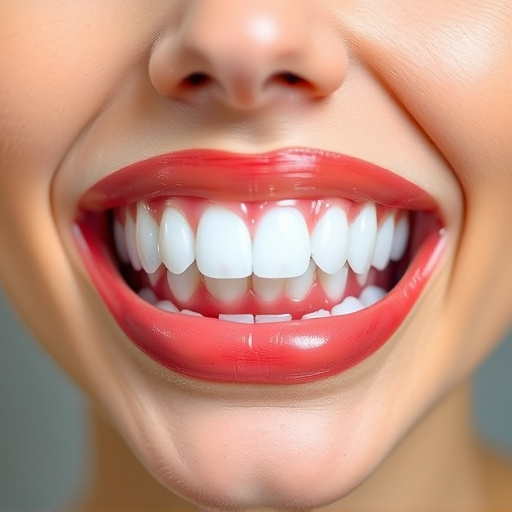
Denture relines treatment is a simple yet powerful solution for denture wearers, extending lifespan…….
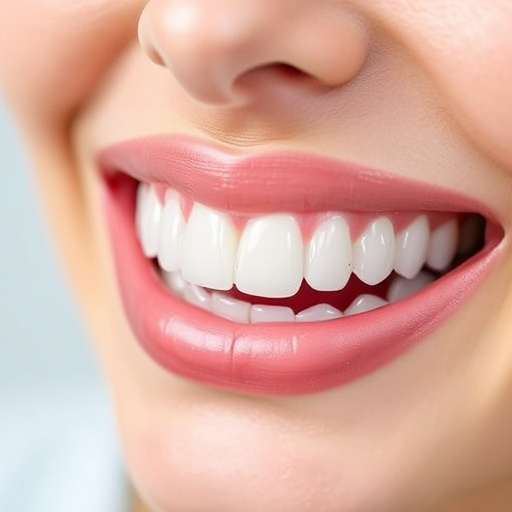
Denture relines treatment ensures secure and comfortable fit through personalized care, addressing u…….
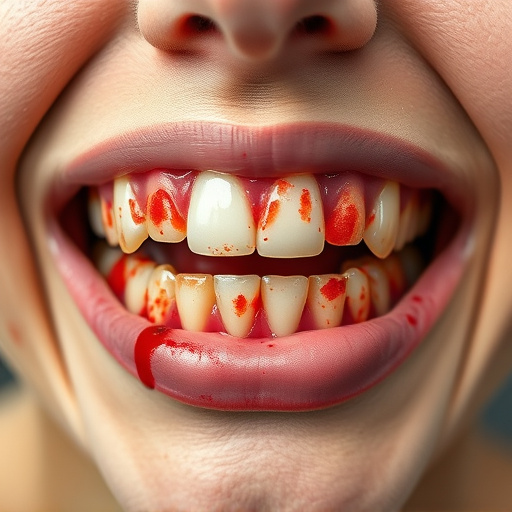
Denture relines treatment ensures comfort and security for dental dentures through precise adjustmen…….
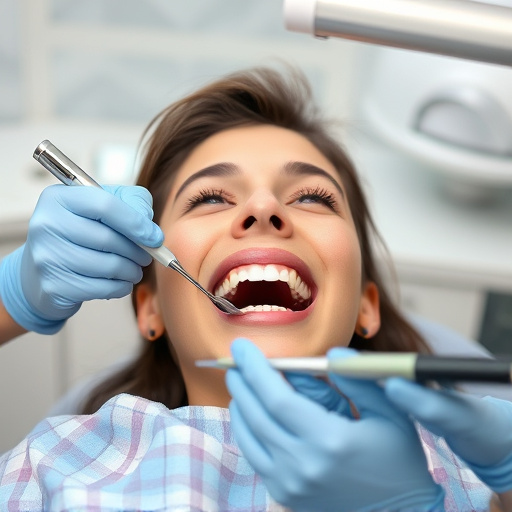
Denture relines treatment adjusts and realigns dentures for a perfect fit, boosting comfort and gum…….